Reflections on Rock Climbing Risk
The flake, which I weighted with both hands, sheared off without warning, leaving me instantly airborne with the 10.2 mm rope, a # 7 stopper, and my belay partner providing my only assurance of safety. Many thoughts crossed my mind in that instant of time, but I distinctly remember one, “How could that be? There was chalk all over that hold.” Equally troubling was the “lunch pail” sized rock hurtling down on the climbers below.
The chimney that comprises the second and third pitch of Skyline Traverse at Seneca Rocks, WV is notorious for rock fall. The Seneca Climbers Guide explains, “USE CAUTION: There is a large amount of loose rock at the top of the climb, and some of Seneca’s most popular routes are directly below you. In fact it is unwise to be at the base of YE GODS, DROP ZONE, and CANDY CORNER without a helmet.” 1.
The granite flake that I broke off was heftier than a “loose rock”. The Memorial Day weekend crowd was large, with climbing teams stacked up at all the most popular climbs in the “Drop Zone”, aptly named, because all the rock fall funnels down the Skyline Traverse chimney and then free falls all the way to the base of the wall from the opening at the bottom. A few seconds of that familiar clacking with climbers yelling “ROCK – ROCK!" followed by a few more seconds of silence while everyone got small and waited for impact. We heard later from witnesses that the projectile exploded six feet away from a woman climber waiting for Candy’s Corner 200 feet below. The pieces showered her and those around her with fragments.
![Tom Kornack at the first...]() Tom Kornack at the first belay on Skyline Traverse (5.3) looking down the Drop Zone. Candy Corner is directly below. Pic taken in June 2000. Summit Post Image 46315
Tom Kornack at the first belay on Skyline Traverse (5.3) looking down the Drop Zone. Candy Corner is directly below. Pic taken in June 2000. Summit Post Image 46315After confirming everyone was OK, the fellow belaying at the top of Candy Corner was beside himself. "Hey is that ALL the loose stuff?”, he called up to me, perhaps trying to evaluate if I was just careless with his safety or if it was a one-time fluke. The fact I had taken a lead fall seemed to give me some credibility.
![Seneca Rocks, WV]() Looking up the chimney, the last pitch of Skyline Traverse
Looking up the chimney, the last pitch of Skyline Traverse |
| ![Seneca Rocks, WV]() The belay station for P3 Skyline Traverse. This location is directly in the line for loose rock. Note the chimney below.
The belay station for P3 Skyline Traverse. This location is directly in the line for loose rock. Note the chimney below. |
“When you get hit with a rock that large, all your helmet does is keep the evidence intact for the dental records”; this reflection from the lead climber on the following team waiting with my partner at the first belay station. His smile revealed a bit of uneasiness. He waited 90 minutes to get to that exposed ledge, one airy pitch up, two other buddies waiting below for us to clear. We never saw them on the second pitch. My guess is they decided the rock fall risk on a crowded day to be too large. They must have bailed. Contrast that with the grisly old guard local who had climbed below us, directly across our line from Ye Gods onto Dufty’s Popoff to avoid the cue at the easier routes. They met us on the Broadway Ledge and we ate lunch while he and his partner re-racked. “Well the whole face is eroding over time. That is just part of the deal about being here. Man up or go home.” They did the third class scramble over to Luncheon Ledge to leave us alone to finish our lunch. It seems the other teams were not coming up our way.
Rock Climbing Risk Statistics
The New York Times, in a piece opining about Everest, discusses risk, “Climbers speak of two kinds of hazards: objective and subjective. The subjective risks are those you can potentially control through skill and
![Search and Rescue Half Dome, Yosemite, CA]()
YOSAR Rescue team leaving Half Dome.
Pic used by permission. From National Park Service archives
experience. The objective ones are events like avalanches and icefall that don’t care who you are, only that you are in the wrong place at the wrong time.” 2. It seems the lines are blurred between the two standards. For example, experience says that the rock fall hazard increases while climbing on a crowded holiday weekend. However, who can arrange to climb mid-week? The decision to be at Seneca Rocks on Memorial Day weekend was subjective. Once at the crag, with every popular line occupied, the rock fall risk in large part is objective while climbing on any route at any time.
Life is full of risks; drivers on cell phones, fresh vegetables at the restaurant in Mexico, zealots at the Boston Marathon. I think most people would like to live life to the fullest rather than to prolong one’s years by avoiding all possible loss. Some would say that mountaineering and climbing hold too much risk to justify the experience. Thankfully, our society leaves that decision up to an individual. But how does one really decide? Is it an informed decision?
Some research on the internet and comments to this article over time yielded some good material. An article entitled "Climbing Safety" on the Friends of Yosemite Search and Rescue website (www.FriendsofYOSAR.com) 6. yielded a wealth of accident information. It was written by John Dill, who is known as the "brains behind Yosemite Search and Rescue." 7. Now 73 years old and having climbed in Yosemite since 1970, a member since the founding of YOSAR in 1974, his article is especially well organized and informative. He states that "Fifty-one climbers died in Yosemite from traumatic injuries between 1970 and 1990... Fifteen to 25 parties require an NPS rescue each year. Sixty more climbers stagger into Yosemite's medical clinic on their own, and an unknown number escape statistical immortality by seeking treatment outside the park.... The NPS keeps no statistics on how many climbers use the park, but 25,000 to 50,000 climber-days annually is a fair estimate." Calculation from his statistics show a death or serious injury every 5,000 climber days. "Most Yosemite victims are experienced climbers, 60% have been climbing for three years or more, lead at least 5.10, are in good condition, and climb frequently." So it would seem the information is credible, based on climbing statistics only, with a large enough data set to be reliable.
He goes on, "Leader falls account for only 25% of the fatal and near fatal traumatic injuries: roughly 10% were from rock fall, 25% from being deliberately un-roped, and 40% from simple mistakes with gear." This reflects generally the statistic tables from Accidents in North American Mountaineering which shows that a large percentage of accidents are also caused by climber error. Almost 60% of these accidents involved climbers with more than 3 years of experience.
One recent study published in Sports Medicine says that certain forms of climbing (outdoor top roping, bolted sports routes and indoor gyms) are more safe than other sports thought to be benign. 3. That still leaves unsaid the data regarding trad lead climbing. Another discussion published in Significance Magazine quotes the UK Health and Safety Executive (HSE). “Using an estimate of the number of people who climb and the intensity of the activity, the HSE estimates that the risk of a fatal accident is 1 in every 320,000 climbs.” For a climber who makes 40 outings per year the annual risk of a fatal accident is 1 in 8,000. “Using HSE statistics, this is similar to the risk from 24 scuba dives, 100 canoeing trips, or one pregnancy.” 4. However comments by Chugach Mountain Boy called into question this statistic because the climbing data is mixed with highly supervised school activities including indoor climbing gym activity. See his comments and additional statistics below in the comments section of the article.
My Decision to Climb Was About Confidence
![Seneca Rocks, WV]() Lunch at the Broadway Ledge, directly above P2 and P3 of Skyline Traverse
Lunch at the Broadway Ledge, directly above P2 and P3 of Skyline TraverseI did not have any of that information before making my first trad lead. The decision for me to climb was emotional. I wanted to try. I felt confident I could do it safely.
After review of a number of accident accounts I now realize, to my surprise, that many were tales of climbers who were seasoned - most had more experience than I do. I am beginning to believe that there is a fine line between acting confidently and behaviors that cause one to take on additional risk unnecessarily. John Dill states that the key to safety is avoiding the wrong state of mind. "It is impossible to know how many climbers were killed by haste or overconfidence, but many will tell you they somehow lost their good judgment long enough to get hurt." He says to avoid three states of mind which frequently contribute to accidents:
- Ignorance. Fight ignorance by patiently and carefully listening, reading, and most importantly practicing.
- Casualness. Fight casualness by sticking to safety habits even as you become more experienced. "I just didn't take it seriously" is a common lament
- Distraction. Being in a hurry is one of the most common causes. Staying focused is paramount.
And as I reflect on my fall, it was exciting and at the same time sobering. I am sorry for the peril to others and very thankful no was hurt because of any of my actions. Even though I am convinced that I was just at the wrong place at the wrong time, had anyone been hurt it would have been very difficult to deal with emotionally. The whole experience brings into relief the consequences of the risks inherent in climbing, those I can control and those I cannot. My actions and what happens to me will affect others. What I can do is to be prepared for the unexpected, think through and avoid those situations which may offer challenges beyond my abilities, and of course leave ego aside, so I can say, “This makes no sense.” “Let’s set this up again.” "Let's bail. I am uncomfortable with the risk."
Post Script - What do you think?
After specifically asking other SummitPost members for input, many of you responded, giving me leads to better source material and your opinions. The article has been up for a few months. I have enjoyed the dialogue and used your suggestions to improve it. It is clear there is no easy answer to the risks inherent in climbing. We all know they exist, but I am convinced none of us think we will be the ones to get hurt, or worse lose our lives. Yet it happens each day in the climbing and mountaineering community.
One of my heroes, Ed Viesturs, says he picks his partners by matching their acceptable risk to his. When asked to define acceptable risk he said, "It's hard to define exactly. For me it's more of a feeling—like, Hey, I just think this situation could get bad, and I think we should at least have a discussion about it . I've been on climbs where other people have higher levels of acceptable risk and they're willing to push harder and further in certain situations. And if they go on and I go down, I always say, nobody was right, nobody was wrong. We have to live with our decisions and what we're willing to accept, so it's not really black or white. I can't say, "Jeez, they're making a dumb mistake and I was the smart one." 5.
External Links
References
1.Barnes, Tony. SENECA, The Climbers Guide, Second Edition, Charlotte, NC: EarthBound Sports LLC, 2006.
2.“Don’t Climb Every Mountain”. The New York Times, Published in the op-ed section, May 17, 2012.
3.Schöffl V, Morrison A, Schwarz U, Schöffl I, Küpper T. “Evaluation of Injury and Fatality Risk in Rock and Ice Climbing.” Sports Medicine Aug 1, 2010 edition.
4.Revie, Matthew. “127 hours: how risky to life - and limb?” Significance Magazine (Online only) URL: http://www.significancemagazine.org/details/webexclusive/983991/127-hours-how-risky-to-life---and-limb.html No date for article. Quote taken from this URL on May 27, 2013
5.Schultz, Kathryn. "Into Thin Error: Mountaineer Ed Viesturs on Making Mistakes" Slate (Online Magazine) www.slate.com Posted Monday June 14, 2010
6.Dill, John. "Climbing Safety - Staying Alive". Friends of Yosemite Search and Rescue Website. http://friendsofyosar.org/safety/climbingSafety.html Quotes taken from website on July 19, 2013
7.Fimrite, Peter. "US Honors Yosemite Search and Rescue Ranger". San Francisco Chronicle, October 30, 2008. http://www.sfgate.com/news/article/U-S-honors-Yosemite-search-and-rescue-ranger-3187998.php Information taken from website on July 19, 2013


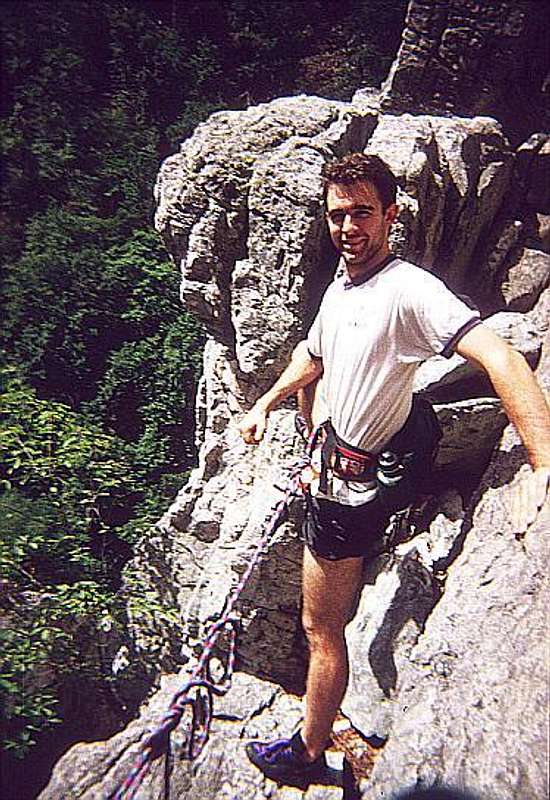
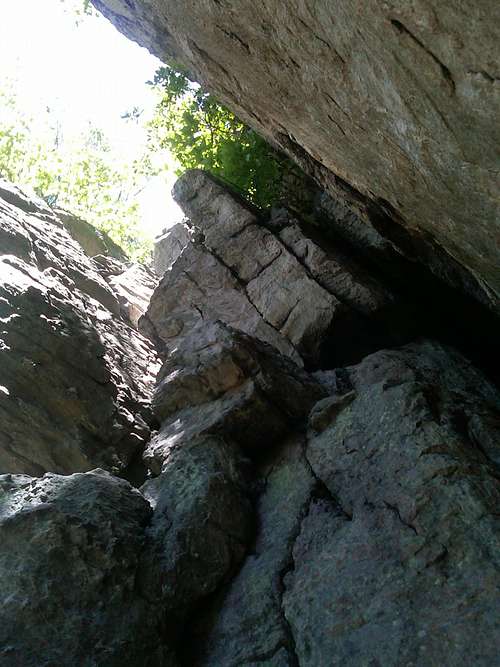
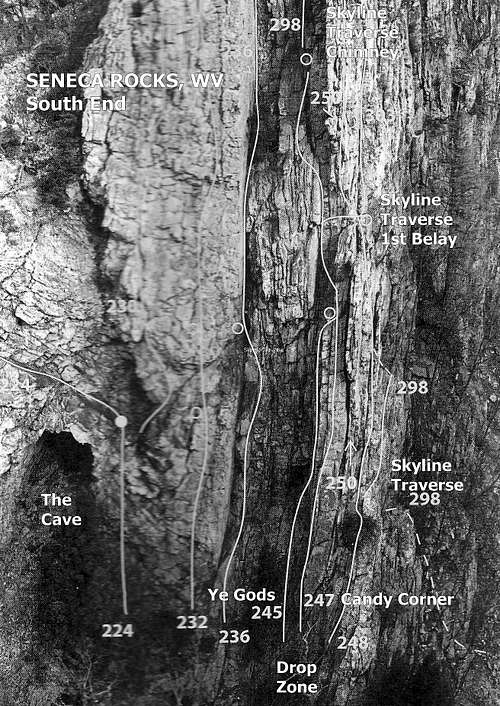
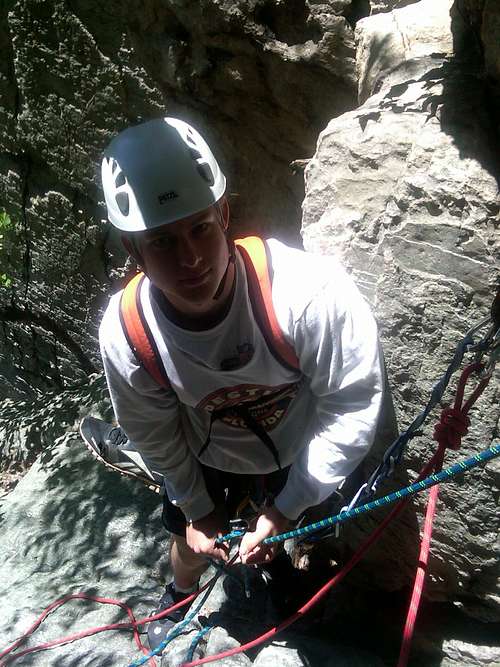
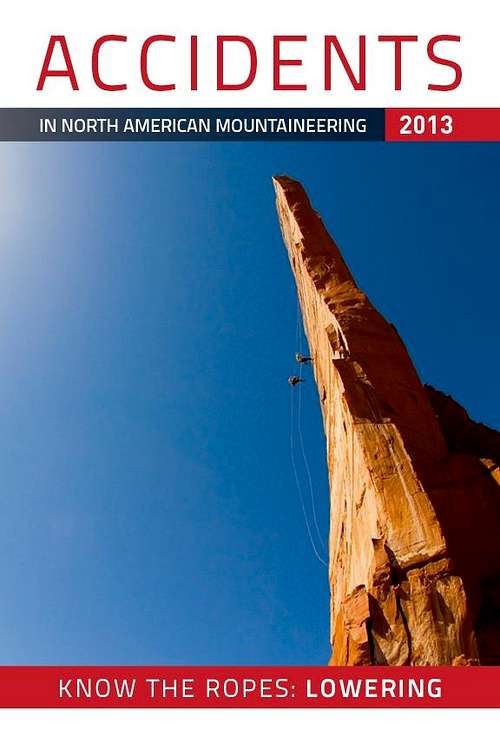

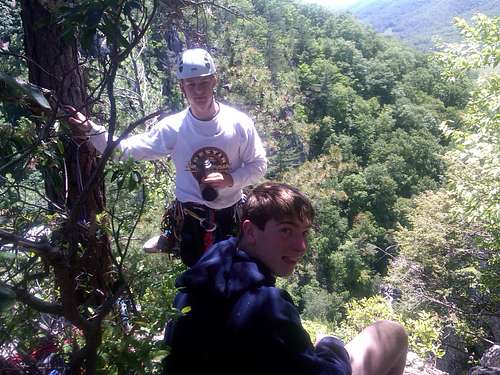




Comments
Post a Comment